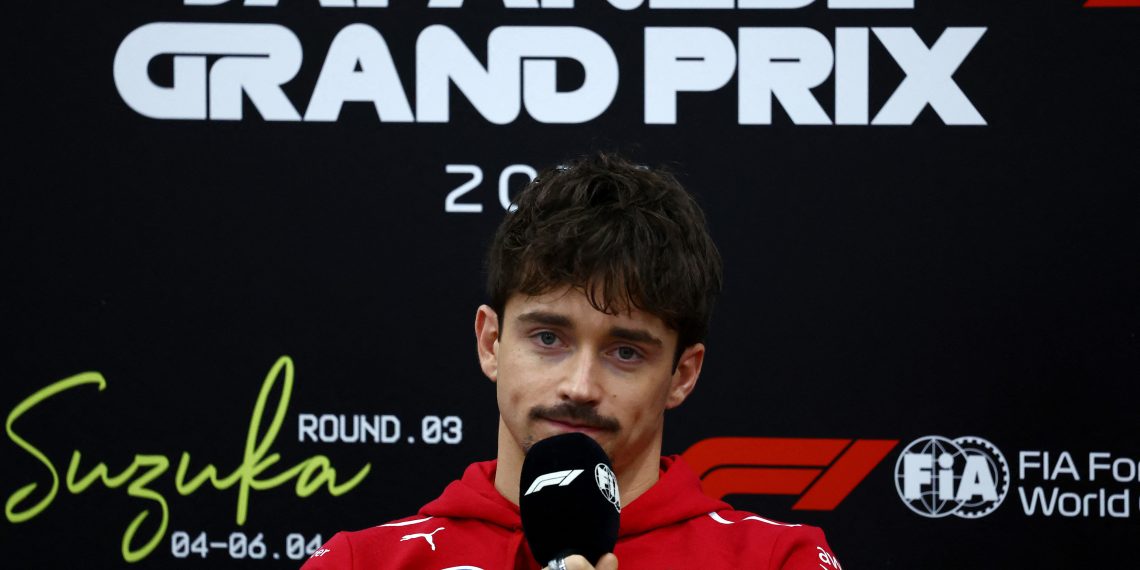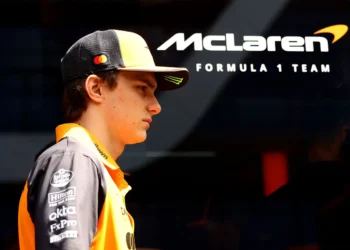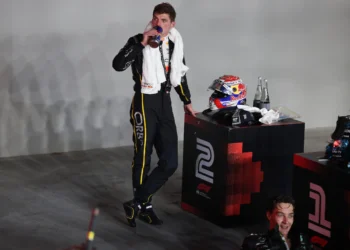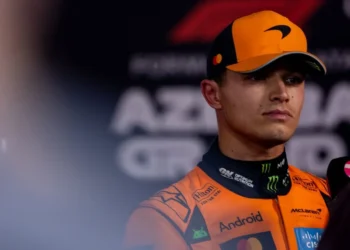In a jaw-dropping turn of events, Charles Leclerc from Ferrari has shattered all the speculations surrounding the theories about the team’s performance at the Chinese Grand Prix. The air was thick with rumors regarding Leclerc’s broken front wing endplate and its supposed benefits, but the driver himself has stepped in to set the record straight.
Despite the missing 20 to 30 points of downforce caused by the broken endplate, Leclerc managed to secure a commendable fifth-place finish in the race. Many speculated that the damaged wing created a flexi wing effect, enhancing the car’s performance. However, former F1 driver Karun Chandhok revealed that some engineers believed the wing was flexing, generating more downforce and aiding Leclerc in his race.
Dismissing these claims, Leclerc emphasized that a broken front wing is never advantageous and that he would have been faster with a full wing attached. He explained that the team had made strategic changes to compensate for the damage, ultimately leading to a strong performance on the track.
Moreover, discussions arose regarding Lewis Hamilton’s disqualification due to excessive skid block wear, prompting questions about Ferrari’s ride height sensitivity. Former Aston Martin strategist Bernie Collins suggested that the car’s aero performance might be affected if it has a “peaky” ride height, limiting the optimal aerodynamic platform.
When asked about the SF-25’s ride height sensitivity, Leclerc remained tight-lipped about specific details but hinted at a need for improvement in qualifying performance. He acknowledged Hamilton’s exceptional driving skills in maximizing the car’s potential during the race.
Overall, the revelations from Leclerc have debunked the swirling theories and shed light on Ferrari’s performance dynamics. As the team delves deeper into understanding their car’s capabilities, the focus remains on enhancing qualifying pace to fully unleash their race potential.













